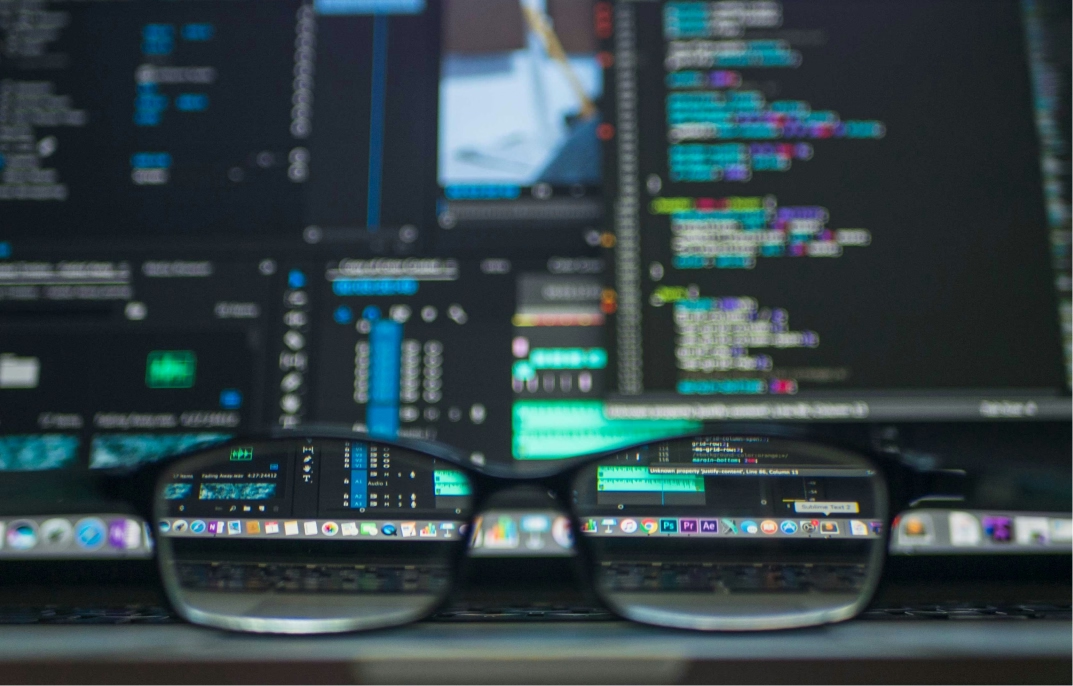Bringing a digital product from concept to market is a complex journey that requires careful planning and execution. One of the most effective approaches to ensure success is moving from the Discovery Phase to developing a Minimum Viable Product (MVP). This process helps businesses validate assumptions, minimize risks, and ensure that the product aligns with both user needs and business goals.
In this article, we will guide you through the essential steps of transitioning from the Discovery Phase to building an MVP, and how each phase contributes to the overall success of your digital product.

Why Start with the Discovery Phase?
The Discovery Phase is the foundation upon which a successful product is built. It involves extensive research, planning, and validation to ensure that the product idea is feasible, meets user needs, and aligns with business objectives. The primary goal of this phase is to gather as much information as possible to reduce uncertainties and risks before moving into product development.
Key outcomes of the Discovery Phase include:
- User Research: A clear understanding of your target audience, their pain points, and needs.
- Market Research: Insights into competitors, market trends, and opportunities.
- Technical Feasibility: An assessment of whether the product can be built with the available technology and resources.
- Scope Definition: A detailed understanding of what the product should include and what the priorities are for the MVP.
Without the Discovery Phase, companies risk investing in products that may not solve the right problems, target the wrong audience, or face significant technical challenges down the line.

Key Steps in the Discovery Phase
1. Define the Product Vision
Every successful product starts with a clear vision. The product vision outlines what the product aims to achieve and why it’s important for the business. This vision serves as a guidepost throughout the Discovery and MVP development process, ensuring that all efforts are aligned with the product’s overall objectives.
When defining the product vision, consider:
- Business Objectives: What are the company’s strategic goals, and how does the product align with them?
- User Needs: What user problems or pain points will the product solve?
- Differentiation: How will the product stand out from competitors in the market?
A well-defined product vision sets the stage for more detailed planning and development.
2. Conduct User Research
User research is a critical component of the Discovery Phase, as it provides deep insights into your target audience’s behavior, preferences, and pain points. By understanding your users, you can ensure that the product you build is relevant, useful, and engaging.
Common user research methods include:
- Interviews: Speaking directly with potential users to gather qualitative insights.
- Surveys: Distributing questionnaires to a larger audience to collect quantitative data.
- User Personas: Creating fictional representations of your target users based on research.
- User Journey Maps: Mapping out the steps users take to complete specific tasks, highlighting pain points and opportunities for improvement.
These insights will help inform decisions about product features, design, and functionality, ensuring that your MVP addresses the most critical user needs.
3. Perform Market and Competitive Analysis
To ensure your product is viable in the marketplace, it’s important to understand the competitive landscape. Conducting a market analysis allows you to identify trends, opportunities, and threats that could impact your product’s success.
Key activities include:
- Competitor Research: Analyzing competitors’ products, features, pricing strategies, and user feedback.
- Market Trends: Identifying industry trends and technological advancements that could affect your product.
- SWOT Analysis: Assessing your product’s strengths, weaknesses, opportunities, and threats.
This research provides valuable context for how your product fits into the broader market and helps you identify opportunities for differentiation.
4. Assess Technical Feasibility
Before moving forward with development, it’s essential to determine whether the product is technically feasible. This involves evaluating the available technology, tools, and resources to ensure that your product can be built within the given constraints (e.g., budget, time, team capabilities).
A technical feasibility assessment includes:
- Technology Stack Evaluation: Determining the best frontend, backend, database, and infrastructure solutions for your product.
- Integration Requirements: Assessing whether the product needs to integrate with other systems or platforms.
- Resource Allocation: Understanding the development team’s capabilities and identifying any potential skill gaps.
By addressing these technical considerations early, you can avoid costly delays and roadblocks later in the development process.
5. Define the Product Scope and Requirements
Once you’ve gathered insights from user research, market analysis, and technical assessments, the next step is to define the scope of your MVP. The goal is to focus on the essential features that will solve your users’ primary problems while minimizing unnecessary complexity.
When defining the product scope, consider:
- Core Features: What are the “must-have” features that will deliver value to users and validate your product idea?
- User Stories: Writing user stories helps outline the specific tasks users need to complete within the product.
- Feature Prioritization: Use techniques like the MoSCoW Method (Must Have, Should Have, Could Have, Won’t Have) to prioritize features.
This step ensures that you have a clear roadmap for the MVP, including what will be included in the initial release and what can be deferred for future iterations.
Transitioning from Discovery to MVP Development
After completing the Discovery Phase, you’re ready to move on to the development of the MVP. The MVP allows you to test your product idea in the market with minimal resources, gather feedback from real users, and iterate on the product based on data.
Here’s how to ensure a smooth transition from Discovery to MVP development:
1. Develop a Product Roadmap
A product roadmap outlines the strategic direction of the product and serves as a timeline for the development process. It includes:
- Feature Timeline: What features will be included in the MVP and when will they be delivered?
- Milestones: Key milestones or checkpoints in the development process, such as beta testing, product launch, and user feedback collection.
- Iterations: Planned updates and improvements based on user feedback.
A clear roadmap ensures that everyone involved in the project has a shared understanding of the development timeline and goals.
2. Focus on Building the Core MVP
The key to a successful MVP is focusing on delivering the core value to users while keeping the development process lean. Avoid the temptation to include too many features, as this can lead to feature creep and delays.
Focus on:
- Solving the Core Problem: Your MVP should solve the most pressing problem for your users, even if it does so in the simplest way possible.
- Rapid Development: Use agile development practices to ensure quick iterations and adaptability to changing needs.
- Lean Technology Stack: Choose technologies that allow for fast development and easy future scalability.
By keeping the MVP focused and lean, you can quickly launch it into the market and start gathering feedback.

3. Test and Validate the MVP
Once the MVP is built, it’s time to test it with real users. The goal is to gather feedback that will help you refine the product and determine whether it solves the intended problem.
Key validation activities include:
- User Testing: Observing how real users interact with the MVP and identifying pain points or areas for improvement.
- Analytics Tracking: Using tools like Google Analytics, Mixpanel, or Hotjar to track user behavior, such as session duration, feature usage, and conversion rates.
- Feedback Loops: Encouraging users to provide direct feedback through surveys, interviews, or in-app prompts.
This feedback is essential for determining whether the product resonates with users and identifying areas for future improvement.
4. Iterate and Improve
The MVP process is iterative, meaning that it doesn’t end with the initial launch. Based on the feedback and data you collect, you can make informed decisions about what changes, features, or improvements should be implemented in the next version.
Common iterations include:
- Feature Enhancements: Adding new features based on user feedback or data analysis.
- Usability Improvements: Fixing pain points that users encountered during their interactions with the MVP.
- Performance Optimization: Improving the product’s speed, reliability, or scalability.
By continuously iterating and improving, you can move closer to achieving product-market fit and delivering a fully-featured product.
From Discovery to MVP, every step you take is a commitment to understanding your users, minimizing risks, and building a digital product that truly delivers value.

Conclusion
Transitioning from the Discovery Phase to building an MVP is a critical process for any product development effort. By investing time and resources in a thorough Discovery Phase, you can ensure that your MVP is built on a solid foundation of user insights, market data, and technical feasibility. The MVP then allows you to validate your product idea in the real world, gather feedback, and iterate quickly — minimizing risks and maximizing the chances of success.
A successful digital product isn’t built overnight. It requires careful planning, testing, and continuous improvement. By following these steps, you can confidently take your product from concept to market and ensure that it delivers real value to users.

FAQ
What is the discovery phase in digital product development?
The discovery phase focuses on understanding user needs, market gaps, and business goals. It involves user research, stakeholder interviews, competitive analysis, and problem validation to ensure the product idea solves a real problem.
Why is product discovery critical before building an MVP?
Discovery reduces the risk of building the wrong product. By validating assumptions early, teams can prioritize the right features, align stakeholders, and avoid costly rework during MVP development.
What key activities are included in the discovery phase?
Common discovery activities include user interviews, journey mapping, persona creation, value proposition definition, feature ideation, and technical feasibility assessments. These insights shape a clear product vision.
How do you transition from discovery to MVP development?
The transition involves defining a focused problem statement, selecting core features, creating wireframes or prototypes, and establishing success metrics. This ensures the MVP is aligned with validated insights from discovery.
How long does it typically take to move from discovery to an MVP?
The discovery phase usually takes 2–6 weeks, followed by 8–16 weeks for MVP development. Timelines vary based on product complexity, team size, and decision-making speed.
What determines whether an MVP is successful?
An MVP is successful if it validates key assumptions, attracts early users, and generates actionable feedback. Success is measured by learning outcomes, user engagement, and clarity on whether to scale, pivot, or iterate further.
Heading 1
Heading 2
Heading 3
Heading 4
Heading 5
Heading 6
Lorem ipsum dolor sit amet, consectetur adipiscing elit, sed do eiusmod tempor incididunt ut labore et dolore magna aliqua. Ut enim ad minim veniam, quis nostrud exercitation ullamco laboris nisi ut aliquip ex ea commodo consequat. Duis aute irure dolor in reprehenderit in voluptate velit esse cillum dolore eu fugiat nulla pariatur.
Block quote
Ordered list
- Item 1
- Item 2
- Item 3
Unordered list
- Item A
- Item B
- Item C
Bold text
Emphasis
Superscript
Subscript








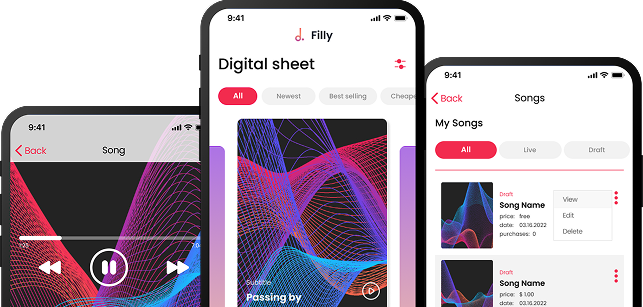

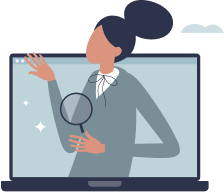








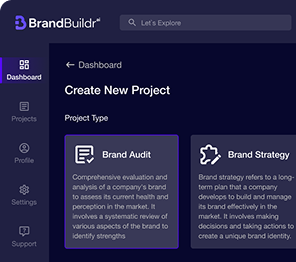

.avif)

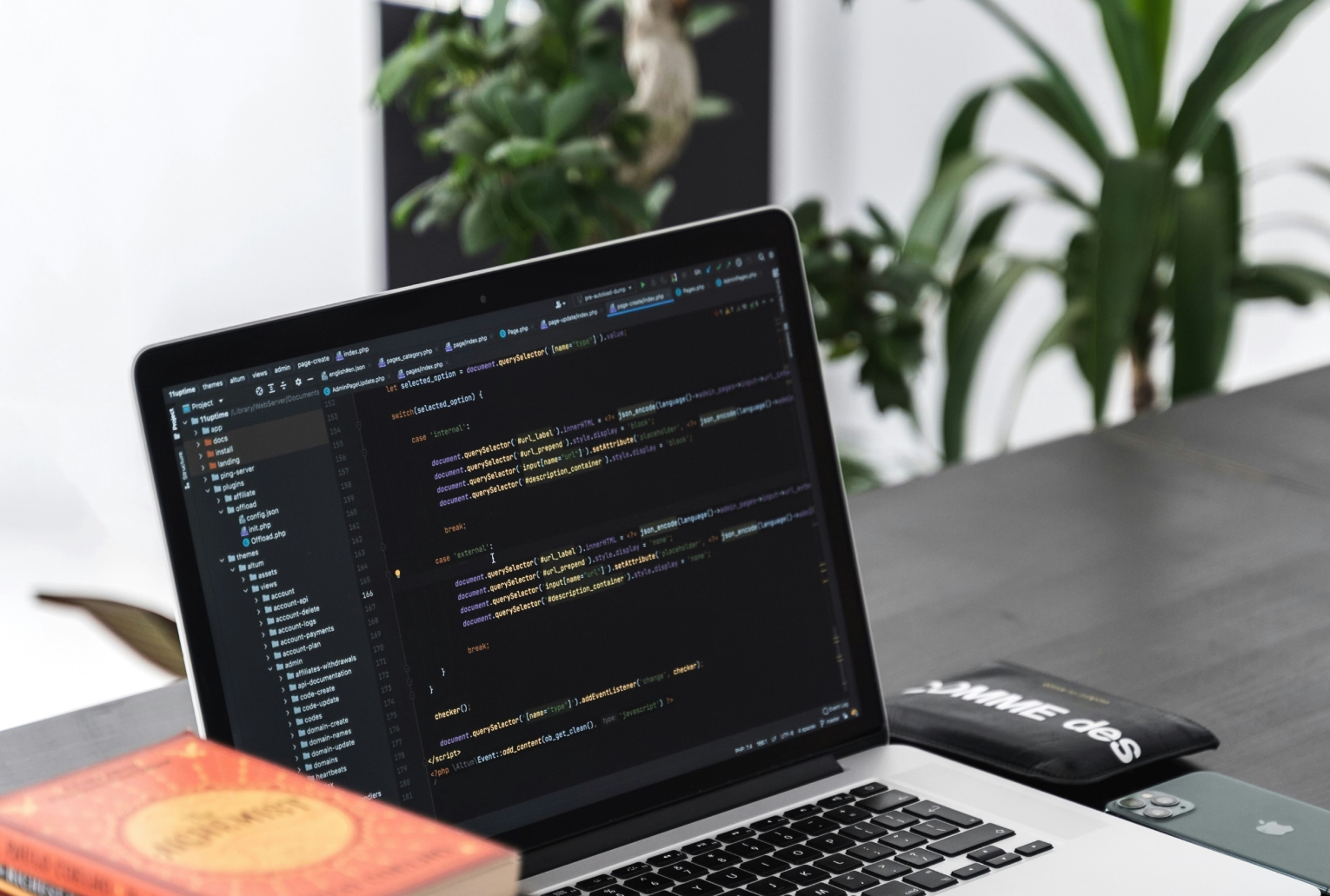

.avif)

.avif)

